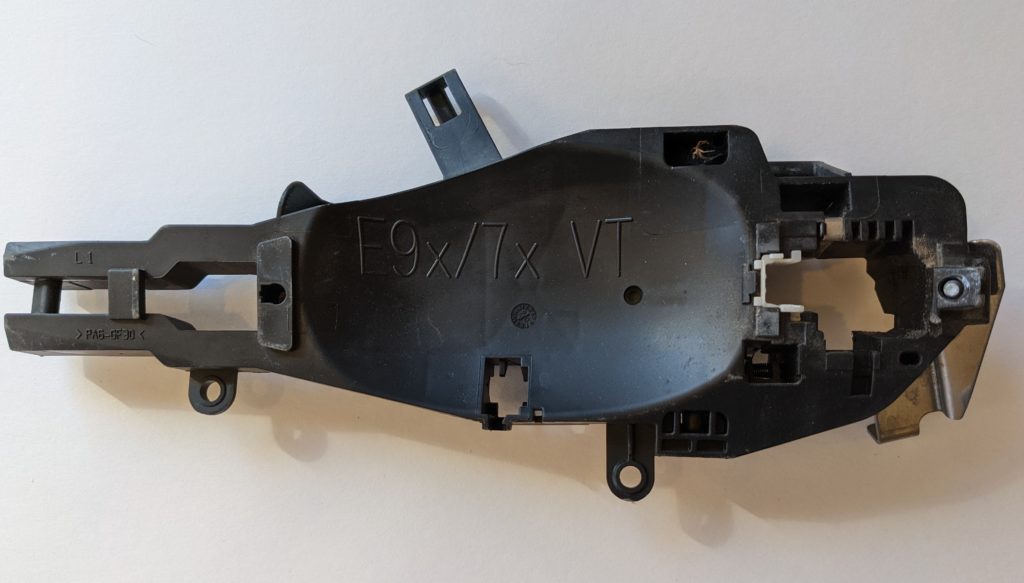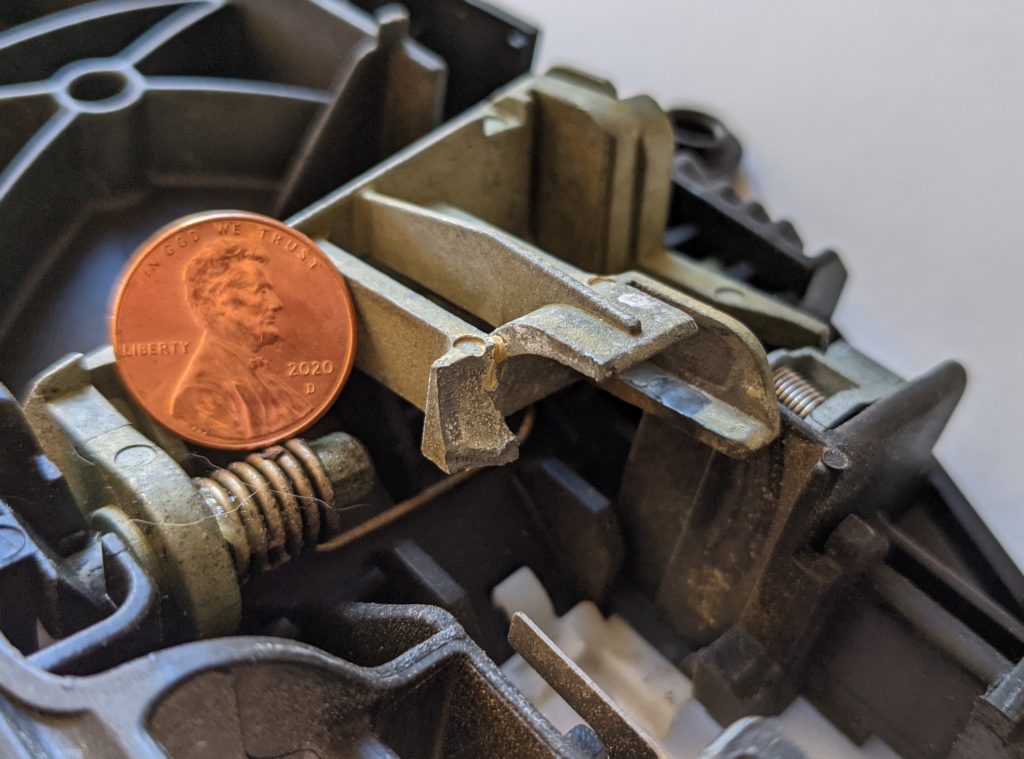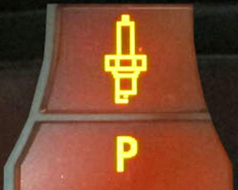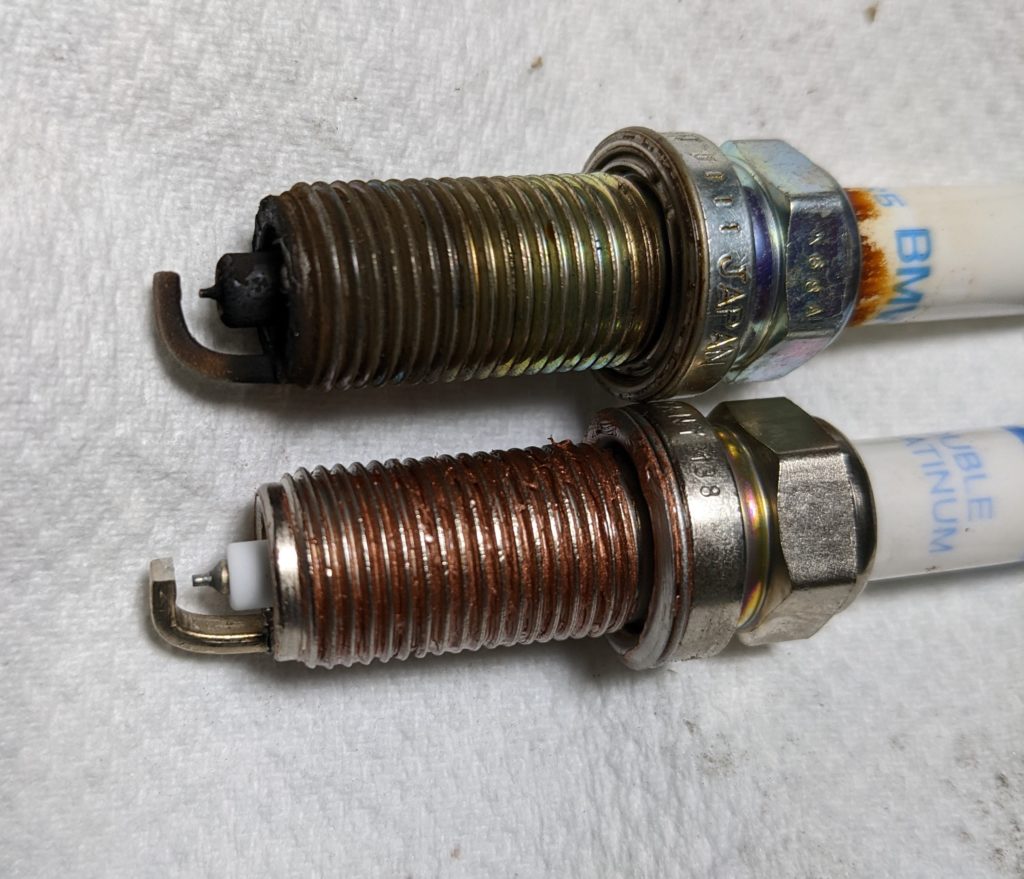You may remember that I wrote about my niece’s blue E92 coupe. My crusade to bring it back to acceptable standards began at the driver’s door, which led me to a philosophical diversion on the nature of sequential interdependence.
So much of our technology relies on other technologies, layers of engineering and manufacturing stacked together, with higher levels dependent on the reliability of their supports. Those foundational elements have to be robust—at least as dependable as the higher levels—lest we find ourselves unable to connect to the Internet because the local power company’s having a brownout.
I think that this is why residential home foundations are generally dull, boring, steel-reinforced-concrete. Most of the time, technological troubles of the house kind are going to occur in the layers above the slab.
Conversely, when shifting bedrock or shivering tectonic plates threaten that foundation, all the layers above it are at dire risk. Windows, plumbing, and electrical systems won’t work if the frame is seriously bent slaunchwise. This basic fact explains the structure of ancient pyramids: The largest, heaviest, strongest layer is the base layer, and as long as each higher layer doesn’t overhang or overwhelm the lowers, the construction will stand for a long time.
Another system of technological dependence is more like the structure of a pearl: At the core of the thing there’s some key item, and then layer upon layer is wrapped around that, growing the magnificence of the final product. Without that key item deep within, ya got nothin’. Our Internet example—with electrical power as the key item—is of this species of dependency.
Can I think of another example? How about a BMW exterior door handle?
It certainly seems like a key item; if it’s not working, you’re not going to get in the car, let alone drive it. To operate the entire higher-level fantastically complicated and competent mechanism requires you to be inside it. Oh, I suppose you could walk around your coupe and use the other door handle to gain entry, then crawl/sprawl across the seats to reach the driver’s inside handle, release the latch, withdraw from the interior, close the door with the working outside handle, walk back around the car, and get in—but the tediousness of this description pales next to the inelegance and annoyance of the actual physical episode. Worse, what if both handles are busted? The thought makes me quiver; having at least one working outside door handle is a sine qua non, a required item, in order to be able to drive the car.
Since the Blue Coupe’s driver-side handle wasn’t working, it was, metaphorically speaking, sounding the loudest alarm among the car’s needs. Now, it could have had a very simple, very localized cause: The handle itself, made of high-tech reinforced plastic, might have fractured. In that case, simply replacing the handle would restore function. Assuming that I could find a used handle already coated with the right hue of metallic paint, replacing the handle was a ten-minute job.
But on removing the existing handle, I saw that the fix would not be that easy, for the handle was intact.
This information triggered an inversion of perspective, like passing through a mirror or flipping a lens; the handle was not the key item, not the nub of the problem. Its inability to release the door latch wasn’t its fault—it was being betrayed by some deeper technology.
There followed a descent into the maelstrom of the E92’s door- lock/door-latch/door-release ocean. Inside the door, along the outer skin under the outside handle, is the door handle base; this supports the forward end of the handle and connects the aft end to a cable-pulling lever. The cable—and a similar one affixed to the interior door handle—connects to the door-latch popper (which is also the door-lock actuator). Pulling either handle should apply tension to the attached cable and thereby release the latch.
Why was the intact outer door handle not pulling the cable? Because the aft end of the handle rides in a tiny three-tine fork on the cable-pulling lever of the base. But in this case, one tine was missing, broken off and gone to who-knows-where inside the door. (That remnant may have been able to escape the door entirely through one of the water drain holes along the lower edge of the door skin.) The two tines that were still there weren’t enough to retain the door handle’s pulling part, which naturally popped off.
All this I could deduce from peering through the small porthole revealed by removing the outside handle.
Since I don’t have access to laparoscopic tools or magic, I had to disassemble the door far enough to reach the door-handle base, remove it, and fit a new one. There were some bright spots here: First, the same base is used on many, many 3 Series cars and X5/X6 SAVs, so the part was easy to come by. Next, both the official repair manual and the mechanics on YouTube asserted that the window glass and window regulator must be removed to get the base out of the door, but this is not so. Finally, the engineering work put into the base made the final alignment of the replacement a trivial task.
Click-click! The handle went in. Click-clack! The door opened. And the rush of satisfaction and good cheer that followed reminds me of what it feels like when I get over a cold: to breathe without coughing or struggle, to ache not, to have again an appetite—mmm! I usually vow to never again take for granted these mundane sensations.
I now have an enhanced appreciation for working door handles.
I have been working on the rest of the coupe’s maintenance punch list. Most (all?) of the service reminders were set, so lots of fluids were exchanged. I’ve now seen the “Replace Spark Plugs” service reminder (which I didn’t know existed). My guess is that the original plugs had been in for all of the car’s 117,000 miles.
Buried in the stored codes of the electrical system was another novelty: It turns out that the xDrive transfer case will complain if its DTF-1 gear oil isn’t renewed… at some interval (God knows what interval, but hey). However, this complaint never rises to the view of the driver.
Here’s your free tip for changing that gear oil: buy a 14-mm Allen wrench and hacksaw 25 mm off its longer arm. That short piece, turned by a 14-mm twelve-point wrench, will let you remove the transfer-case filler plug without disassembling half the underside of the car.—Marinus Damm
[Photos courtesy Marinus Damm.]

























